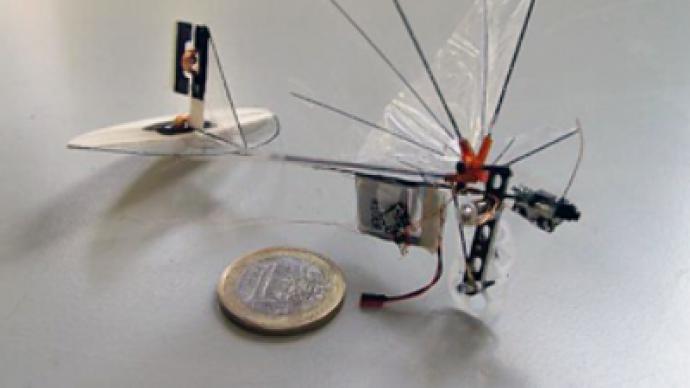The US army hopes Micro Air Vehicle technology could save soldiers' lives.
Researchers at the Autonomous Vehicle Laboratory at the University of Maryland are using a $12 million grant to study the way insects, birds, snakes, and bats navigate and communicate.
Their Micro Air Vehicles, or MAVs, could be used to carry out dangerous air surveillance and save lives on the ground.
Joseph Conroy, an engineer at the Maryland Lab, says, “We would like these vehicles to emulate the insects’ ability to go through an environment without hitting obstacles.”
Conroy is manning the robots for now, but he says the goal is for the MAVs to be completely independent.
“As a biologist, I am studying how insects fly in their environments,” says Jason Vance, “so that we can develop strategies by which to program these autonomous flyers to be able to respond to their environment.”
The enthusiasts are studying everything from the motion of a honeybee to the precise flapping of wings…to finally producing microchips which function just like an insect’s brain.


